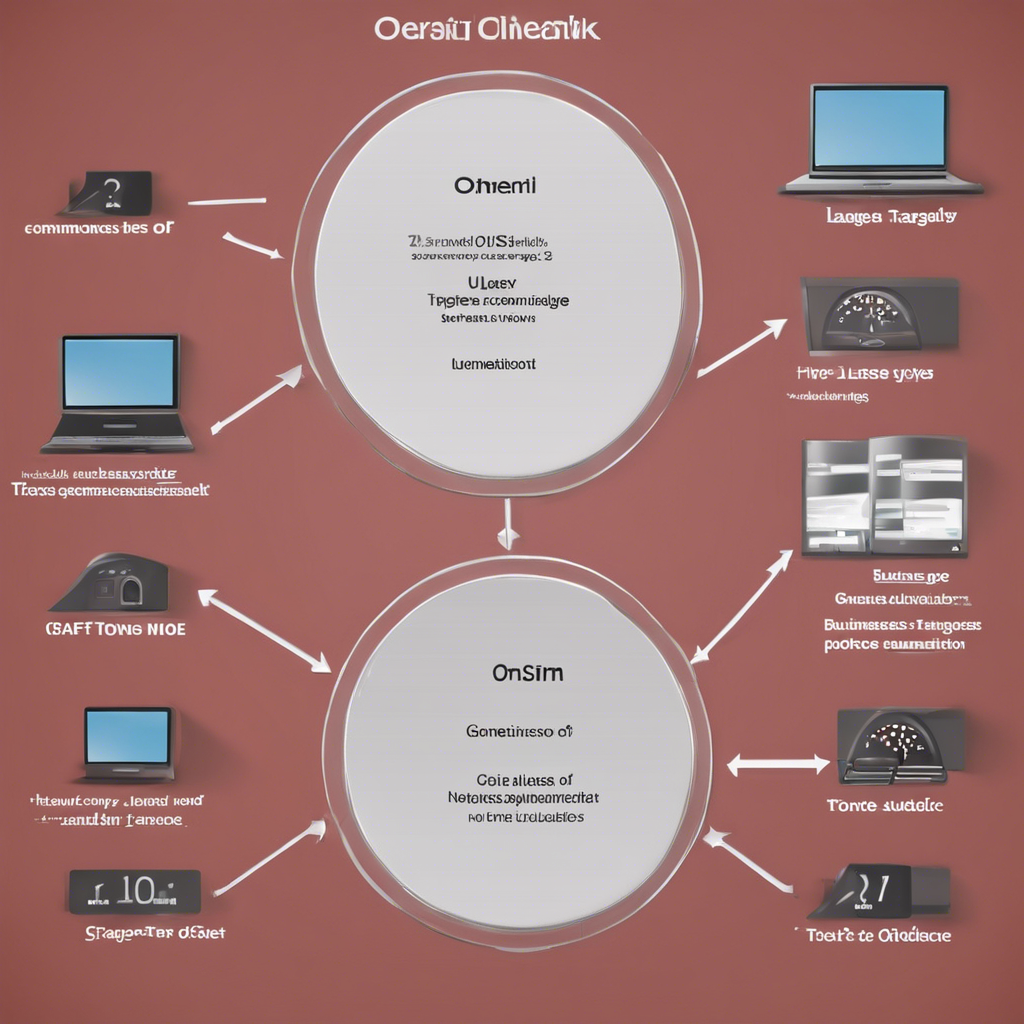Unraveling the Mysteries of the OSI Model and Network Protocols
- Aryan Ahirwar
- Aug 9, 2024
- 3 min read
Welcome to our informative blog post where we delve into the intricacies of the OSI model and the fascinating world of network protocols. Whether you're a tech enthusiast or simply curious about how the digital world operates, this article is your gateway to understanding the seven layers of the OSI model and their vital role in network communication.
Understanding the OSI Model
The OSI (Open Systems Interconnection) model serves as the framework for understanding how data is transmitted over a network. It consists of seven layers, each with its unique functions that work together seamlessly to ensure smooth communication. Let's break down each layer and its significance:
Physical Layer : The first layer deals with the physical connection between devices. It defines the hardware aspects of communication, such as cables, switches, and network interface cards.
Data Link Layer : Responsible for node-to-node communication, this layer ensures data is transmitted error-free over the physical layer. It also handles data framing and flow control.
Network Layer : The network layer focuses on routing and logical addressing. It determines the best path for data packets to reach their destination across different networks.
Transport Layer : Offering end-to-end communication services, the transport layer ensures data reliability and integrity. It also manages error detection and recovery.
Session Layer : This layer establishes, maintains, and terminates sessions between applications. It coordinates communication between devices and manages data exchange.
Presentation Layer : Responsible for data translation and encryption, the presentation layer ensures compatibility between different systems. It handles data formatting and encryption for secure communication.
Application Layer : The topmost layer interacts directly with software applications. It enables user services such as email, web browsing, and file transfer.
Case Study: Network Protocols in Action
To illustrate the practical application of the OSI model, let's consider a case study involving network protocols commonly used in everyday scenarios:
HTTP (Hypertext Transfer Protocol)

As a protocol operating at the application layer, HTTP facilitates communication between web servers and clients. It enables the transfer of hypertext, powering the World Wide Web as we know it.
TCP/IP (Transmission Control Protocol/Internet Protocol)

At the core of modern networking, TCP/IP operates across multiple OSI layers. TCP ensures reliable data delivery, while IP handles addressing and routing, forming the backbone of internet communication.
By understanding these protocols within the context of the OSI model, we can appreciate the intricate layers of network communication that drive our digital interactions.
The Future of Networking
As technology evolves, the OSI model continues to serve as a foundational guide for network architectures. With the rise of cloud computing, IoT, and 5G networks, the need for robust communication standards has never been more critical.
In conclusion, the OSI model and network protocols play a vital role in shaping the digital landscape we navigate daily. By unraveling the complexities of network communication, we gain a deeper insight into the inner workings of the interconnected world around us.
So, the next time you browse the web or send an email, remember the intricate dance of protocols and layers working tirelessly behind the scenes to make it all possible.
Let's continue exploring the wonders of technology together!
In this blog post, we've unraveled the mysteries of the OSI model and network protocols, shedding light on the fundamental components of modern communication systems. Whether you're a seasoned IT professional or a curious novice, understanding the layers of network communication can enrich your digital experience.





Comments